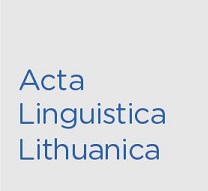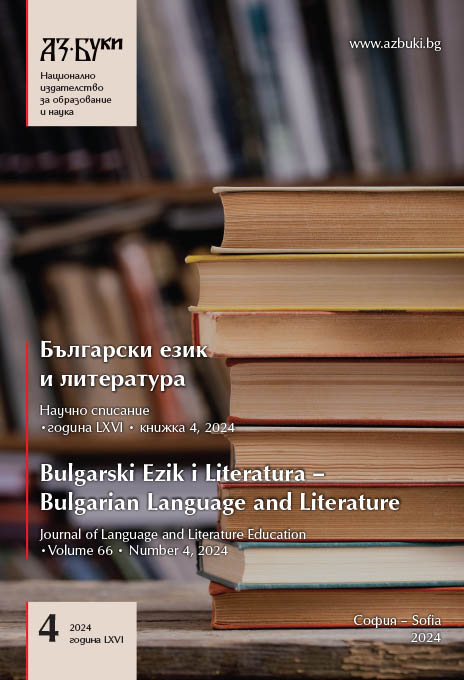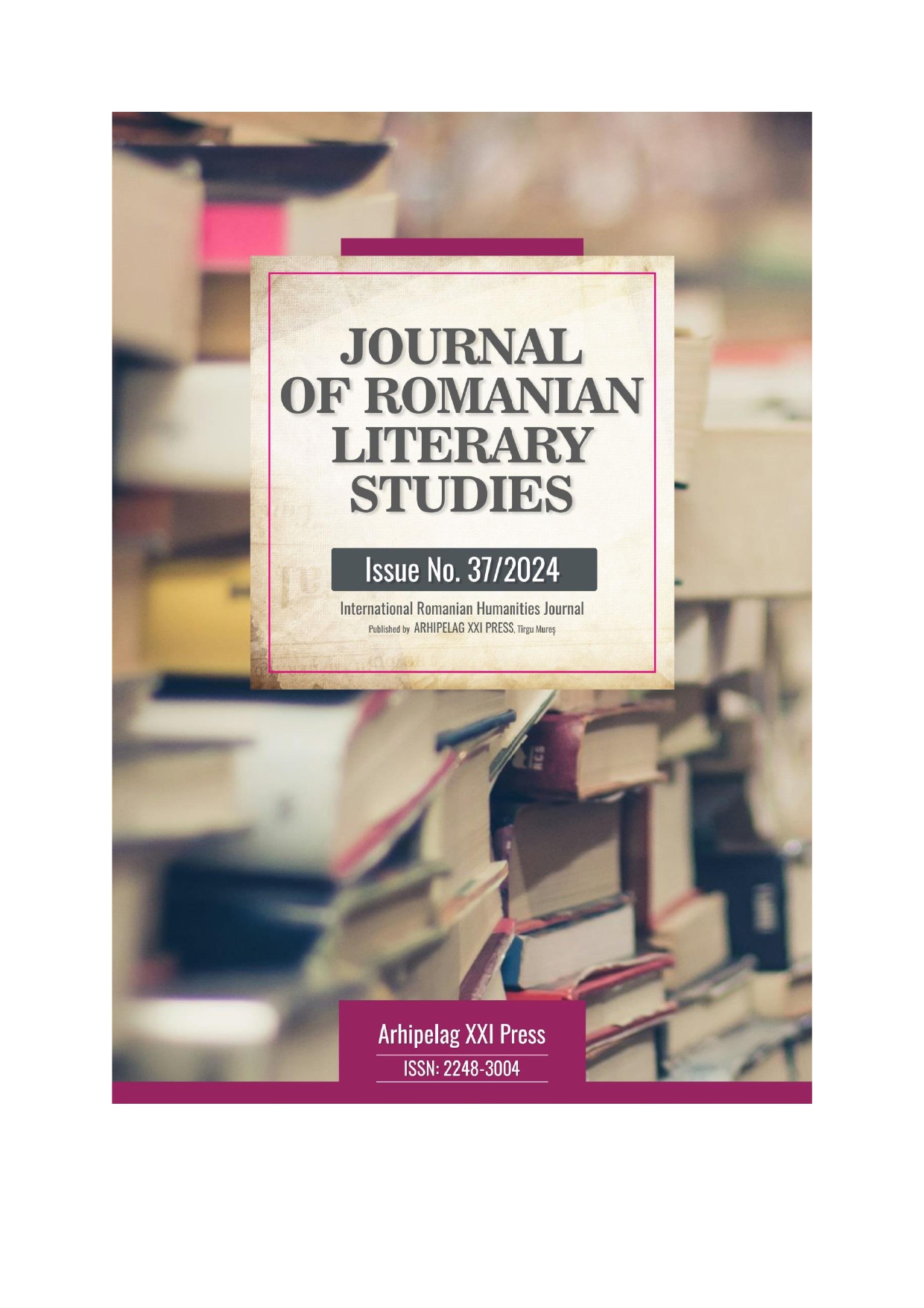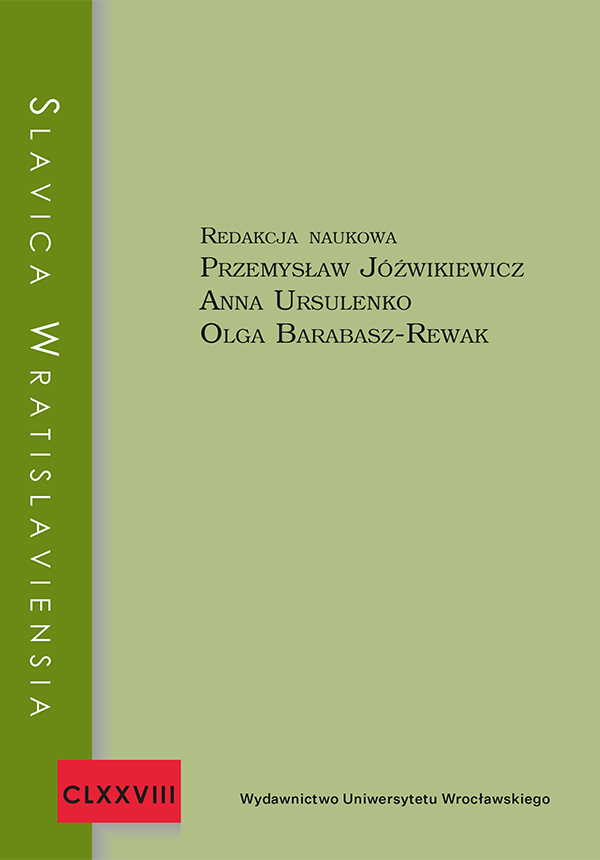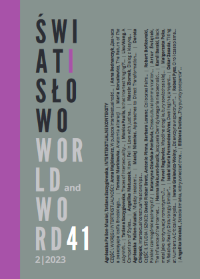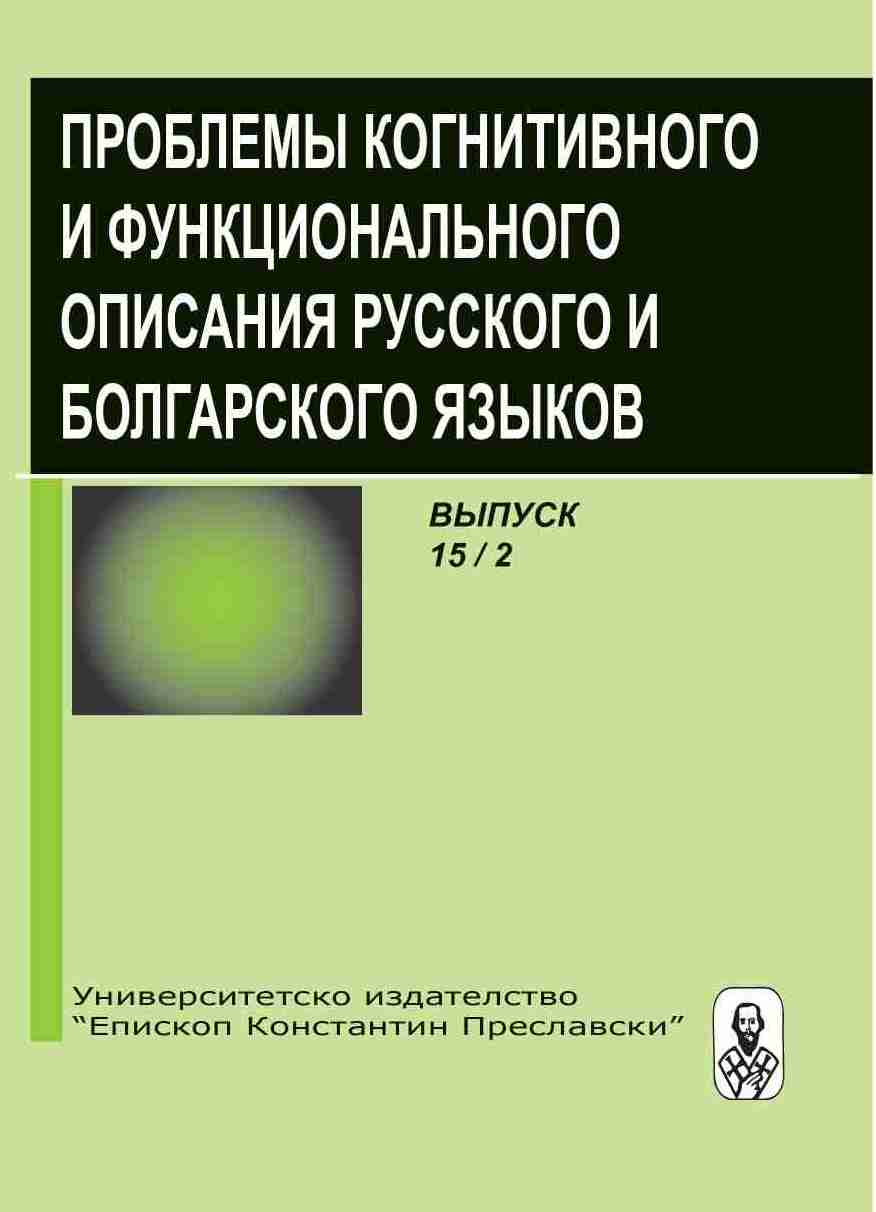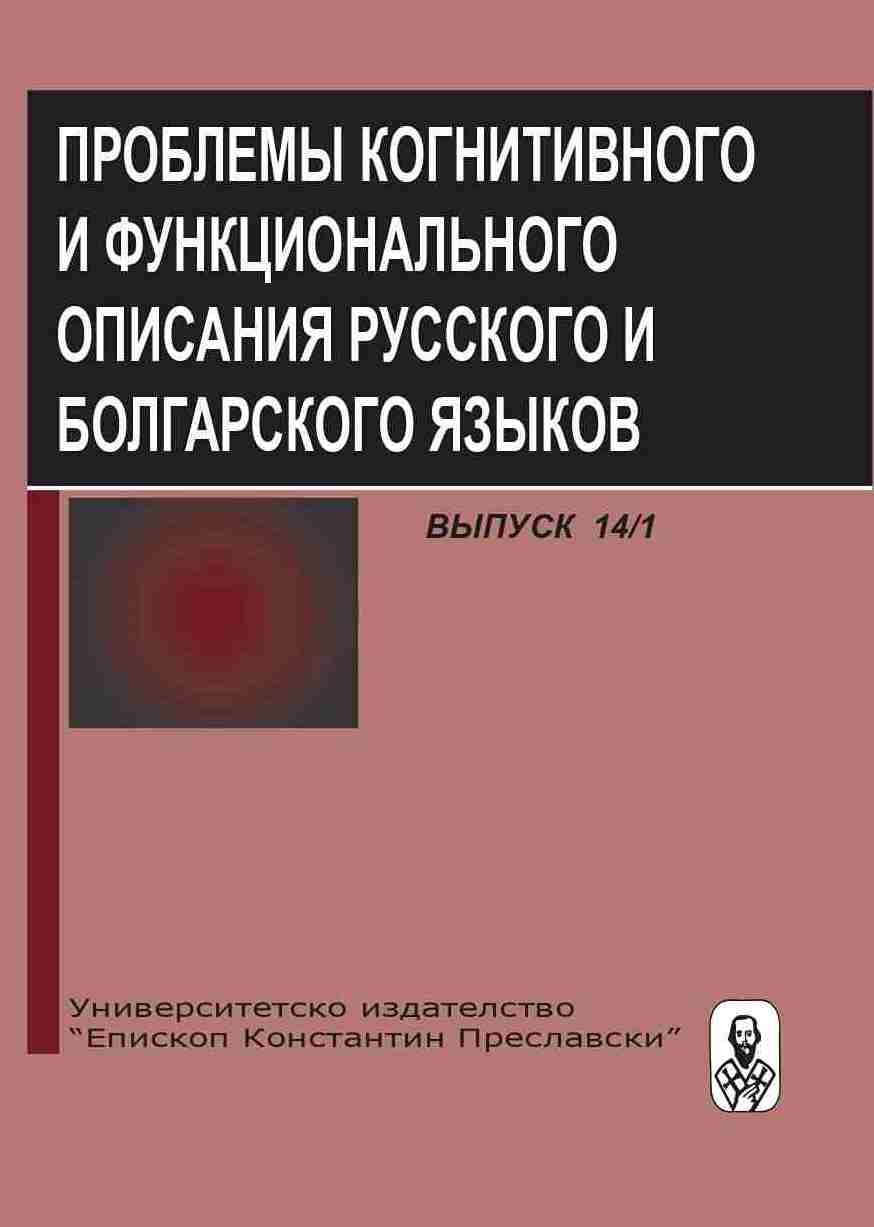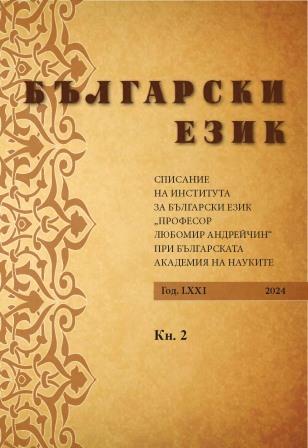
Strategii de articulare a sensului în Istoria ieroglifică
In this article, the authors conduct a linguistic analysis, tracing the progression of meaning, including aspects of symbolism in Dimitrie Cantemir’s fable novel The Hieroglyphical History. Regarded by most critics as the masterpiece of Moldavian prince’s literary art, it incorporates elements of the fable within a broad epic structure, which can be compared to a stratified labyrinthine novelesque edifice, being enhanced as a political satire of the era. Given the complexity of the analyzed writing, our aim is to partially decipher the levels of meaning, namely the puzzling, historiographic, allegorical-symbolic, and effective literary cores, all unified into a perfect articulate synthesis. The methodology of research implies text analysis within the integral text linguistics conceptual frame, namely identifying elements of the sense creation and evocative functions by virtue of which the novel is structured.
More...

